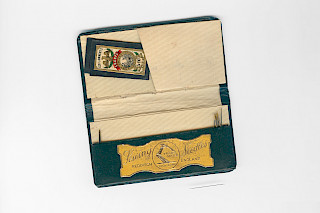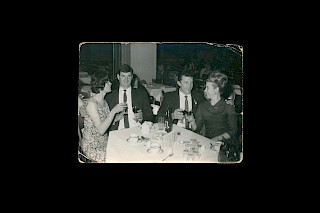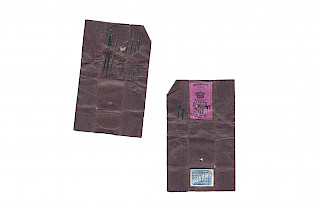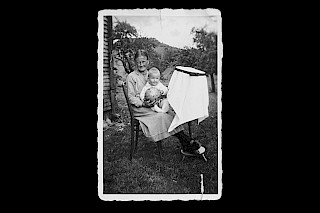The project «Vergissmein-Nicht» (in English, «Forget-Me-Not») sheds light on the almost forgotten practice of «Heimarbeit», work that was distributed to workers to be completed at home, and the significant role that women played in the textile industry in Eastern Switzerland. An audio-visual archive provides intimate insights into the history and everyday lives of selected home-based workers. Through personal photographs and recorded conversations, their life realities are preserved.
Using the method of Oral History, the project honours the historical significance of eight women in both industry and society by offering a glimpse into their daily lives. Through intimate conversations, nuances of their life stories are brought to light, and their individual experiences are examined. The project approaches history from a feminist perspective and reconstructs reality through a retelling of past events.
«Vergissmein-Nicht» is a tribute to the home-based workers on whose backs the textile industry in Eastern Switzerland was built. It pursues the idea of listening to these quiet voices and aims to give women the recognition they deserve. Because of the advanced age of these women, time is of the essence. It is important to document their cultural heritage and technical skills before it is too late. By preserving and disseminating their biographies, their work will not be forgotten.
«Loana and Céline have closed a gap in textile history in a touching way, by tracking down the women who made a living as home-based workers and encouraging them to talk. Feminist concern is impressively combined with a highly aesthetic approach towards conveying the content. On their website, photographs, texts and audio materials are blended into a portrait series and made accessible to the public. Thus they provide an inspiring basis for a further examination of this important chapter of Swiss history.» – Excerpt from the supporting statement of the Subject Area Trends & Identity

«It was especially important to us to carefully examine history and its narrative, and to also deliver our research results on the aesthetic level. Regarding Switzerland’s cultural heritage in particular, our aim was to reflect about who tells this history and how it can presented in an authentic and accessible way.» – Loana Lenz & Céline Hess
«I see myself at the interface between art policy and culture, using aesthetic communication as a means to connect the two areas.» – Loana Lenz
«As a photographer I aim to cast light on different people and ways of life and reveal their diversity from my sensitive visual perspective.» – Céline Hess






